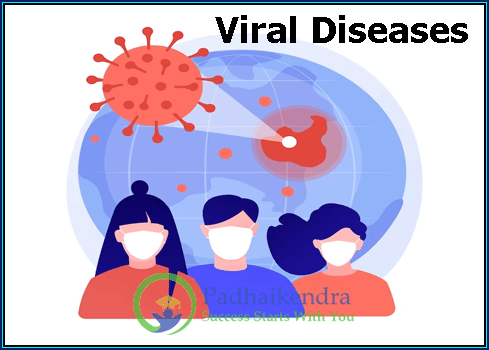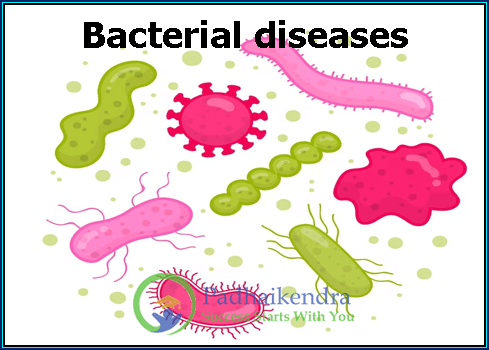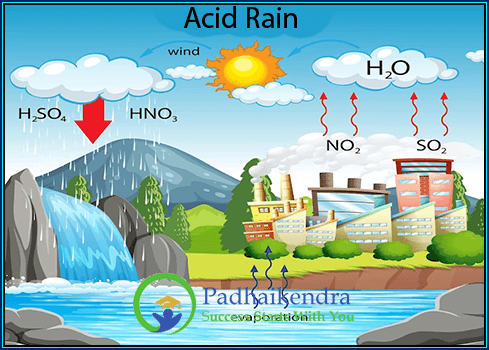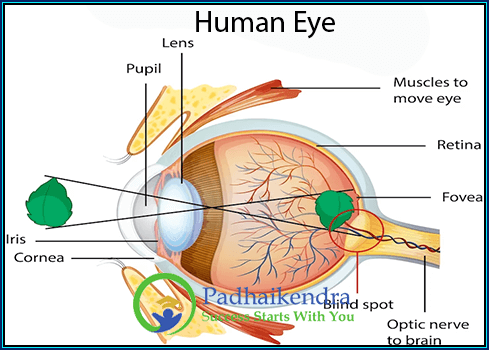Viral Diseases
What is a Virus? Think of viruses as tiny troublemakers. They’re super small, much smaller than a grain of sand, and they’re not alive like you and me. Instead, they’re like little packets of information with a mission: to make more of themselves. Viruses can infect all kinds of living things, from humans to animals …










